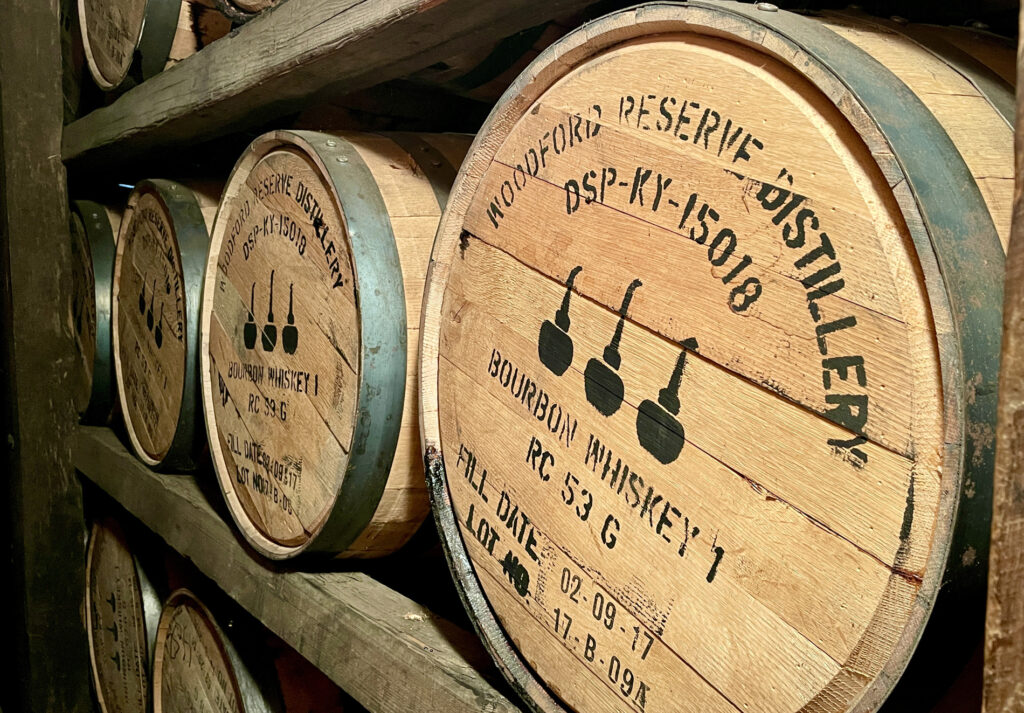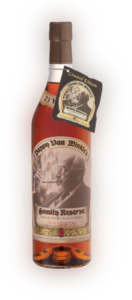
There are so many decisions that are made before bourbon enters the barrel — mash bill, barrel char level, barrel entry proof, etc. — that once distillers fill up the virgin oak casks and roll them off to the rick house, there’s got to be a sigh of relief.
However there is one last important decision to be made, and the distiller certainly has some time on this one: How long should it age?
From talking with many master distillers and researching the industry standards, I believe the sweet spot for bourbon is between 5 and 8 years.
Of course I’ve had exceptional bourbons that were younger than 5 and some that were much older than 8, but I’m just trying to focus in on the age range where you can be certain there will be quality juice coming from the barrel.
But first, here’s a quick lesson in Bourbon 101:
Bourbon distillate enters a new, charred oak barrel completely clear. Over time and throughout those important temperature fluctuations the four seasons bring (in Kentucky specifically), the bourbon interacts with the char and the wood of the barrel, continually penetrating deeper into the wood in the hot summer months and then constricting out during the cold winters.
This in and out motion is what gives bourbon its color and most of its flavor. While there is no minimum time requirement that barrels must age, most distillers prefer to age at least four years to get that rich, dark amber color that bourbon is known for — as well as those delicious, sweet notes of caramel and vanilla.
A rule of thumb is, the lighter the bourbon the younger it is. If it’s a light yellow, the distillate just hasn’t had time to mingle with the char and take on those darker tones. And on the flip side, if it’s so dark you can’t see through it, it probably means it’s been aged long past 12 years, or it’s been finished in another barrel.

“But wait!” you say. “What about the infamous Pappy Van Winkle that is 23 years old?”
As I mentioned earlier, there are exceptions to everything in bourbon, and while most distillers believe that bourbon takes on too much oak after, say, 12-15 years, that doesn’t mean there aren’t products that challenge that notion.
If you’re lucky enough to have tasted the Pappy 23, you probably recall those predominant notes of oak in the bourbon. Some people like that, and some don’t — but there’s a bigger reason why this bottle is so valuable: There’s not much of it.
As you can imagine, each year there’s a bit of evaporation that takes place inside the rick houses, which is called the angel’s share. And by “a bit,” I mean 4-5% every single year, and even more if it’s stored near the upper floors of the warehouse.
So by the time a barrel reaches the whopping 23 years, they’ll roll it out to be dumped and often find a third of the product left inside. And sometimes, barrels will be completely empty! (Distillers hate when this happens, because they’ve been paying taxes on that barrel every year for 23 years.)
If you’re going for a true premium product, aging it just a little over my suggested 5-8 years would be recommended. Some of my favorite bourbons fall at the 12-year mark, but if you’re eager to sell, trade or bottle your bourbon, you’ll be more than safe waiting anytime between the sweet spot of 5 to 8 years.

